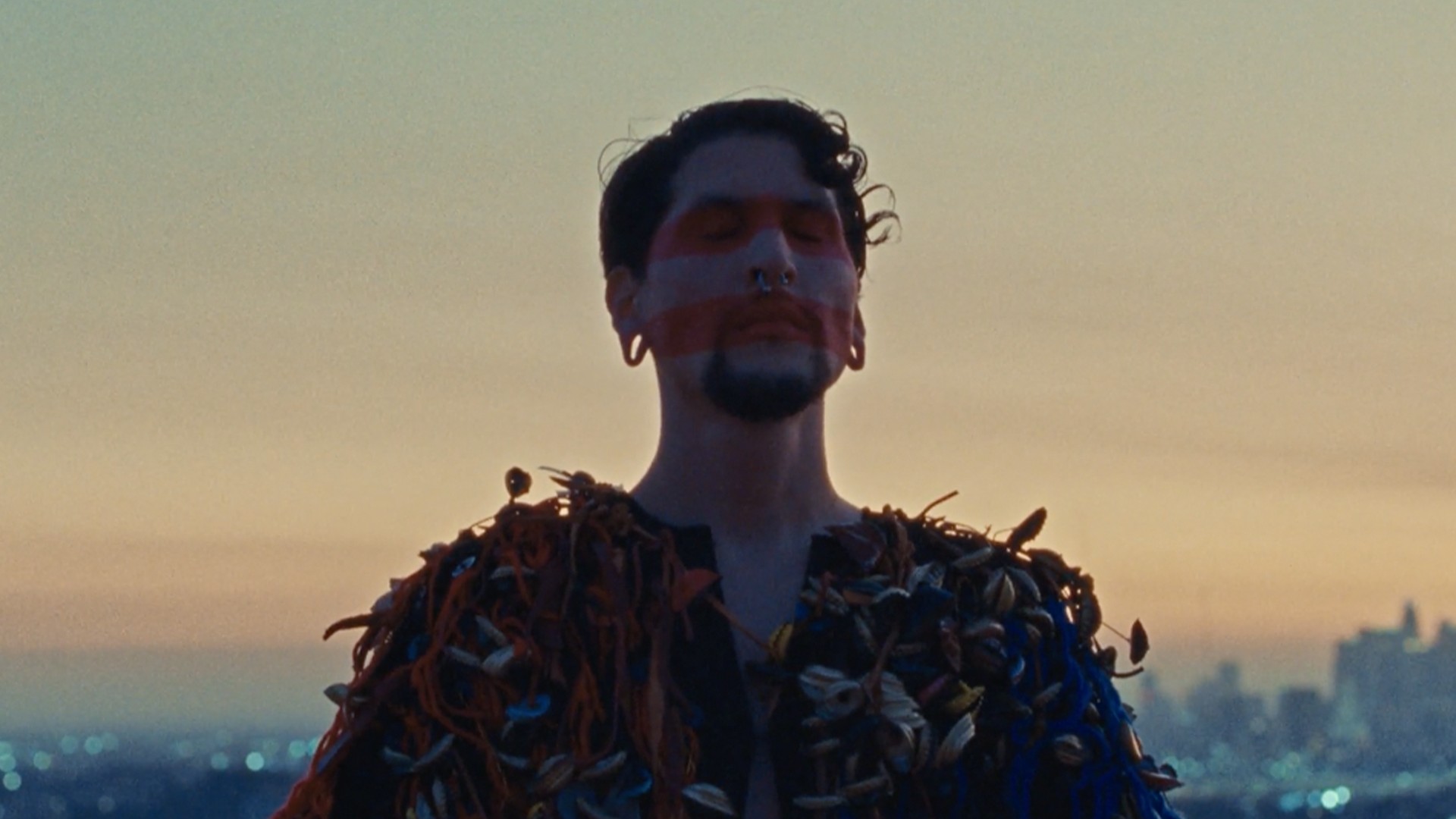The remains of an estimated 751 Indigenous people, mostly children, were found buried at another former residential school in Saskatchewan, Canada, Cowessess First Nation confirmed on Thursday.
“This is not a mass gravesite—these are unmarked graves,” Cowessess First Nation Chief Cadmus Delorme said at a press conference. “We are treating this like a crime scene at the moment.” Marieval Indian Residential School sits at Cowessess First Nation, located about two hours east of Regina.“We can’t confirm they are all children, but there are oral stories that there are adults in this gravesite as well because it was the Roman Catholic Church that oversaw this site,” Delorme said. “We always knew that there were graves here.”The community estimates 751 unmarked graves, but because there is still a margin of error in the investigation, there are definitely over 600, Delorme said, adding that it’s likely that the 751 unmarked graves had signage at one point, before Catholic officials removed it.Ground-penetrating radar was used to confirm the location of the remains. The search at the school grounds and surrounding area started earlier this month.The next steps include honouring the burial sites by marking and preserving them. “The more we put names to them the more we will reopen the pains,” Delorme said. Every grave will be marked and a monument will eventually be put in place to commemorate the lost loved ones, Delorme said. The news comes a month after Tk’emlúps te Secwépemc First Nation confirmed that undocumented remains of 215 Indigenous children, some as young as 3, were found buried under the former Catholic-run Kamloops Indian Residential School in British Columbia. “The 215 found graves triggered many across this country,” Delorme said. Other sites in Saskatchewan and Manitoba have also been confirmed, but Cowessess First Nation’s discovery represents the largest residential school burial site found so far. Residential schools were run by the Canadian government and churches to forcibly assimilate 150,000 First Nations, Inuit, and Métis children. Sweeping sexual and physical abuses were common and thousands of children died. According to Canada’s Truth and Reconciliation Commission, about 4,100 students were killed, but that number is likely to climb. Experts think it’s closer to 15,000.As more sites are confirmed, the news supports what Indigenous people have been saying about residential schools for decades, and many more remains are expected in Canada and the U.S. This was a crime against humanity,” said Bobby Cameron, chief of the Federation of Sovereign Indigenous Nations (FSIN), which represents 74 First Nations in Saskatchewan. “The only crime we committed as children was being born Indigenous...We had concentration camps here. We had them here in Saskatchewan. They were called Indian residential schools.”Cameron said the government and the Catholic Church need to hand over any records, so that information about who died at residential schools as well as those who ran residential schools can be uncovered. Cameron also said Pope Francis needs to apologize, something the Catholic Church has not done yet.“An apology is one step of many in the healing journey,” he said. “Indigenous people in this country are survivors and now the descendants are still in an intergenerational trauma stage for some.” The legacy of residential schools continues to this day through foster care and prisons, where Indigenous peoples are disproportionately represented, experts say. Delorme acknowledged this reality and asked everyone to listen and stand by communities as more stories like this surface. “We are seeing the results of the genocide that Canada committed here, genocide committed on our treaty land,” Cameron said. “We will find more bodies…We won't stop until we locate all of them.”A group of lawyers has already asked the International Criminal Court to investigate Canada and the Catholic Church for crimes against humanity.Cameron said all institutions that abused, tortured, and murdered Indigenous peoples need to be searched. “We will tell the stories to our children of the people who died,” Cameron said, adding that this news can be triggering, so support is available for those who need it.FSIN announced its own plans to investigate unmarked graves last month and demanded support from the federal government. Back in 2019, Prime Minister Justin Trudeau’s team earmarked $27 million for Indigenous communities to investigate former residential school sites, including unmarked burial sites. The government has committed about $5 million for FSIN.Muskowekwan First Nation, a community about one and a half hours north of Regina, Saskatchewan, confirmed earlier this month it found the remains of 35 undocumented children at the site of former residential school Muscowequan and Touchwood. Another 35 unmarked graves were found at the former Regina Industrial School, as confirmed by the Regina Indian Industrial School Commemorative Association, an organization that cares for the cemetery at the site.Follow Anya Zoledziowski on Twitter.Anyone experiencing distress or pain as a result of residential schools can call the Indian Residential School Survivors Society Crisis Line (1-866-925-4419). It’s available 24/7.
“The 215 found graves triggered many across this country,” Delorme said. Other sites in Saskatchewan and Manitoba have also been confirmed, but Cowessess First Nation’s discovery represents the largest residential school burial site found so far. Residential schools were run by the Canadian government and churches to forcibly assimilate 150,000 First Nations, Inuit, and Métis children. Sweeping sexual and physical abuses were common and thousands of children died. According to Canada’s Truth and Reconciliation Commission, about 4,100 students were killed, but that number is likely to climb. Experts think it’s closer to 15,000.As more sites are confirmed, the news supports what Indigenous people have been saying about residential schools for decades, and many more remains are expected in Canada and the U.S. This was a crime against humanity,” said Bobby Cameron, chief of the Federation of Sovereign Indigenous Nations (FSIN), which represents 74 First Nations in Saskatchewan. “The only crime we committed as children was being born Indigenous...We had concentration camps here. We had them here in Saskatchewan. They were called Indian residential schools.”Cameron said the government and the Catholic Church need to hand over any records, so that information about who died at residential schools as well as those who ran residential schools can be uncovered. Cameron also said Pope Francis needs to apologize, something the Catholic Church has not done yet.“An apology is one step of many in the healing journey,” he said. “Indigenous people in this country are survivors and now the descendants are still in an intergenerational trauma stage for some.” The legacy of residential schools continues to this day through foster care and prisons, where Indigenous peoples are disproportionately represented, experts say. Delorme acknowledged this reality and asked everyone to listen and stand by communities as more stories like this surface. “We are seeing the results of the genocide that Canada committed here, genocide committed on our treaty land,” Cameron said. “We will find more bodies…We won't stop until we locate all of them.”A group of lawyers has already asked the International Criminal Court to investigate Canada and the Catholic Church for crimes against humanity.Cameron said all institutions that abused, tortured, and murdered Indigenous peoples need to be searched. “We will tell the stories to our children of the people who died,” Cameron said, adding that this news can be triggering, so support is available for those who need it.FSIN announced its own plans to investigate unmarked graves last month and demanded support from the federal government. Back in 2019, Prime Minister Justin Trudeau’s team earmarked $27 million for Indigenous communities to investigate former residential school sites, including unmarked burial sites. The government has committed about $5 million for FSIN.Muskowekwan First Nation, a community about one and a half hours north of Regina, Saskatchewan, confirmed earlier this month it found the remains of 35 undocumented children at the site of former residential school Muscowequan and Touchwood. Another 35 unmarked graves were found at the former Regina Industrial School, as confirmed by the Regina Indian Industrial School Commemorative Association, an organization that cares for the cemetery at the site.Follow Anya Zoledziowski on Twitter.Anyone experiencing distress or pain as a result of residential schools can call the Indian Residential School Survivors Society Crisis Line (1-866-925-4419). It’s available 24/7.
“This is not a mass gravesite—these are unmarked graves,” Cowessess First Nation Chief Cadmus Delorme said at a press conference. “We are treating this like a crime scene at the moment.” Marieval Indian Residential School sits at Cowessess First Nation, located about two hours east of Regina.
Advertisement

Advertisement
Advertisement
Advertisement
